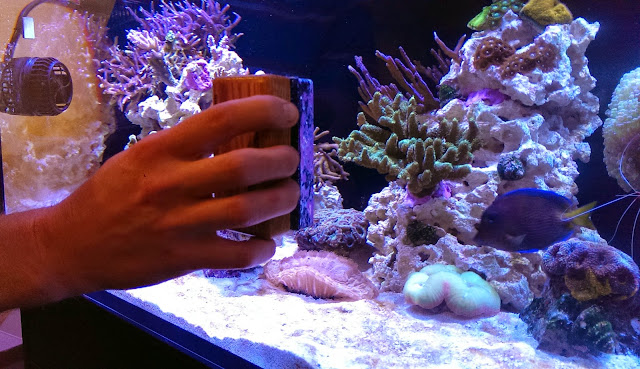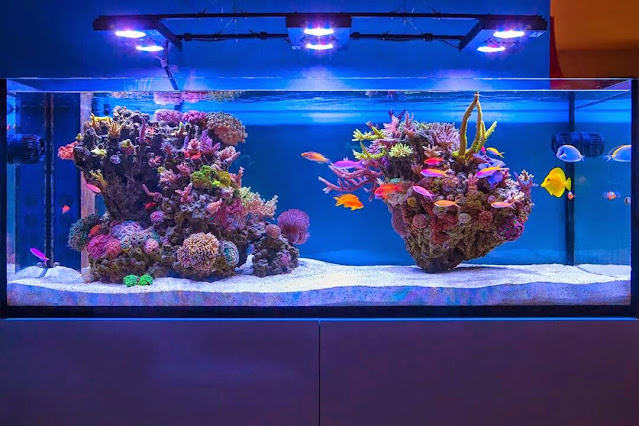Exploring Key West Aquarium Design: Merging Aesthetics and Functionality
The design of aquariums plays a vital role in the overall experience for visitors, while also ensuring the health and well-being of aquatic life. Key West, a vibrant island city known for its beautiful marine life, has seen innovative aquarium design that captures the essence of the environment and enhances educational experiences. This article delves into the key aspects of Key West aquarium design, focusing on the elements that contribute to both visual appeal and functionality.
The Importance of
Location and Environment
Harnessing Natural
Beauty
Key West’s unique location offers a plethora of natural
beauty that can significantly influence aquarium design. The proximity to the
coral reefs and diverse marine ecosystems provides an opportunity for aquariums
to incorporate elements that reflect this natural habitat. Key West aquarium designs often aim to blend indoor and outdoor
spaces, creating a seamless transition that allows visitors to appreciate the
surrounding environment. Large windows, open-air exhibits, and outdoor viewing
areas can enhance the visitor experience while providing a glimpse of the local
marine biodiversity.
Climate
Considerations
The tropical climate of Key West poses specific challenges and opportunities for aquarium design. Structures must be designed to withstand humidity, storms, and high temperatures. Effective ventilation and climate control systems are essential to maintain optimal conditions for both aquatic species and visitors. Using durable, weather-resistant materials is crucial in the construction of outdoor exhibits, ensuring that they can endure the island's weather patterns while remaining visually appealing.
Innovative Exhibit
Design
Themed Exhibits
Creating engaging themed exhibits is a hallmark of
successful aquarium design. In Key West, themes often revolve around the local
marine environment, showcasing native species such as tropical fish, sea
turtles, and coral reefs. These exhibits can be designed to educate visitors
about the importance of conservation and the delicate balance of marine
ecosystems. Interactive elements, such as touch tanks or virtual reality
experiences, can further enhance visitor engagement, making learning about
marine life a fun and memorable experience.
Multi-Sensory
Experiences
Incorporating multi-sensory elements into aquarium design
can elevate the visitor experience. From the sounds of water flowing and marine
life interacting to carefully curated lighting that mimics underwater
conditions, these elements can create an immersive environment. Additionally,
educational signage that includes tactile components or augmented reality
features can provide a more comprehensive understanding of marine biology and
conservation efforts.
Sustainable Practices
in Aquarium Design
Eco-Friendly
Materials
With a growing emphasis on sustainability, modern aquarium
design increasingly incorporates eco-friendly materials and practices. In Key
West, many aquariums are designed using renewable resources and sustainable
construction methods. This approach not only minimizes the environmental impact
but also serves as an educational tool, demonstrating to visitors the
importance of sustainable practices in marine conservation.
Energy Efficiency
Energy-efficient systems are vital in aquarium design,
particularly in warmer climates like Key West. Utilizing solar panels,
energy-efficient lighting, and advanced filtration systems can significantly
reduce the aquarium’s carbon footprint. These features can be showcased to
visitors, highlighting the aquarium's commitment to sustainability and
conservation.
Enhancing Visitor
Engagement
Educational Programs
A key component of KeyWest aquarium design is its ability to facilitate educational programs.
Many aquariums in Key West offer workshops, guided tours, and interactive
demonstrations that promote understanding and appreciation of marine life.
Well-designed learning spaces, such as classrooms with large windows
overlooking exhibits, can enhance these educational opportunities.
Community Involvement
Engaging the local community is essential for the success of
any aquarium. Key West aquariums often involve local schools, organizations,
and environmental groups in their programming. This collaboration not only
enriches the educational offerings but also fosters a sense of ownership and
responsibility among residents regarding marine conservation efforts.
Future Trends in Key
West Aquarium Design
Technology
Integration
As technology advances, its integration into aquarium design
is becoming increasingly prevalent. Interactive displays, virtual reality experiences,
and mobile applications can provide visitors with real-time information about
exhibits and marine life. These innovations enhance the educational experience
and make aquariums more accessible to a wider audience.
Focus on Conservation
The future of aquarium design in Key West will likely
continue to emphasize conservation and rehabilitation efforts. Designing
facilities that include rehabilitation centres for injured marine life or
breeding programs for endangered species can make a significant impact. These
initiatives not only contribute to conservation efforts but also educate the
public about the importance of protecting marine ecosystems.
Conclusion
Key West aquariumdesign is a fascinating blend of aesthetics, functionality, and education. By
considering the unique environmental factors, incorporating sustainable
practices, and focusing on visitor engagement, aquariums can provide enriching
experiences that foster a deeper understanding of marine life. As technology
continues to evolve, the future of aquarium design in Key West holds exciting
possibilities, ensuring that the beauty and diversity of the ocean are
celebrated and preserved for generations to come.


.jpg)


Comments
Post a Comment